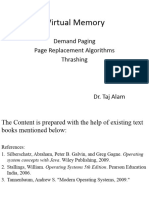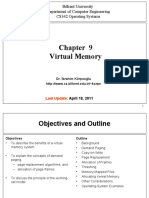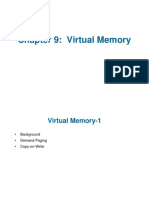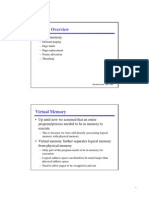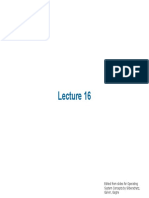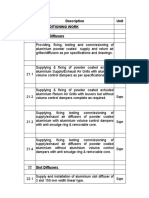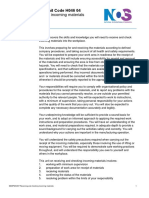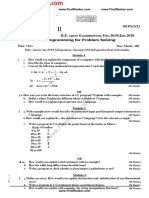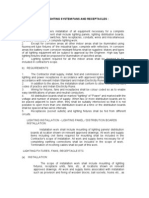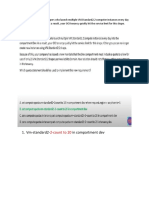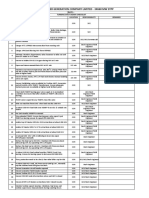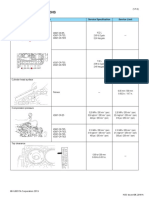0% found this document useful (0 votes)
37 views39 pagesC-CS316 Lect11 Virtual Memory
The document discusses virtual memory and demand paging. Virtual memory allows processes to access more memory than physically exists by swapping pages between main memory and secondary storage. Demand paging loads pages into memory on demand when they are accessed rather than all at once, reducing unnecessary I/O. When a page fault occurs and no free frame exists, a page replacement algorithm selects a frame to swap out.
Uploaded by
omarelgohary800Copyright
© © All Rights Reserved
We take content rights seriously. If you suspect this is your content, claim it here.
Available Formats
Download as PDF, TXT or read online on Scribd
0% found this document useful (0 votes)
37 views39 pagesC-CS316 Lect11 Virtual Memory
The document discusses virtual memory and demand paging. Virtual memory allows processes to access more memory than physically exists by swapping pages between main memory and secondary storage. Demand paging loads pages into memory on demand when they are accessed rather than all at once, reducing unnecessary I/O. When a page fault occurs and no free frame exists, a page replacement algorithm selects a frame to swap out.
Uploaded by
omarelgohary800Copyright
© © All Rights Reserved
We take content rights seriously. If you suspect this is your content, claim it here.
Available Formats
Download as PDF, TXT or read online on Scribd
/ 39
